Tourism has long been the lifeblood of many U.S. states, fueling local economies, supporting small businesses, and putting once-obscure towns on the map. But what happens when the locals say “enough is enough”?
In a surprising turn of events, Hawaii, once the postcard-perfect paradise for mainland Americans and international jetsetters alike, is now the center of growing hostility toward tourists. From anti-tourist graffiti and social media campaigns to new legislation aimed squarely at out-of-state visitors, the Aloha State seems to be saying: Stay home.
Is this really a war on tourists—or a desperate cry for help from a culture under siege? And more importantly… are you still welcome?
Paradise Lost — The Rising Backlash
If you’ve ever dreamed of visiting Hawaii—its emerald mountains, pristine beaches, and warm cultural spirit—you’re not alone. The islands saw over 10 million visitors in 2019, dwarfing the state’s population of just 1.4 million.
But that dream is now colliding with reality.
In recent years, social media has been flooded with posts by Native Hawaiians and local residents expressing their frustration with overtourism:
- Beaches left trashed.
- Sacred sites trespassed.
- Rent prices driven sky-high by vacation rentals.
- Cultural practices commodified for entertainment.
Graffiti in tourist hotspots like Maui and Oahu now bears phrases like:
- “Tourists Go Home”
- “Aloha Means Stay Away”
- “Respect the Land or Leave”
What was once a simmering tension has erupted into open resentment.
The Tipping Point — Wildfires, Water Shortages, and State of Emergency
The 2023 Lahaina wildfire in Maui was a humanitarian disaster that exposed a deeper wound. While locals struggled to find clean water and shelter, luxury resorts reopened within weeks—welcoming tourists just miles away from devastation.
This sparked outrage.
Social media posts accused the government of prioritizing tourism revenue over its own citizens. One viral tweet read:
“Our people are still missing. Our homes are ashes. And you’re sipping cocktails on the beach. Disgusting.”
The narrative shifted. Tourists were no longer just visitors—they were seen as invaders profiting off a grieving land.
Soon after, community groups began demanding strict tourist limits, even a complete pause in tourism to allow the island time to heal. And remarkably, the state listened.
Hawaii’s War on Tourists — Laws, Fines, and Restrictions

The term “war” may sound exaggerated, but many new policies suggest a crackdown of historic proportions. Here’s what’s changed:
1. Daily Tourist Quotas
Maui and parts of Big Island have introduced proposals to cap the number of daily tourists allowed. If passed, you could need a permit or reservation to even enter certain beaches.
2. Increased Fines and Enforcement
- Hefty fines (up to $5,000) for trespassing on sacred sites.
- Crackdowns on illegal vacation rentals, especially Airbnb-style properties.
- Tourists caught “disrespecting the land” (e.g., littering, hiking closed trails) face stricter enforcement than ever.
3. Water Use Restrictions
During dry seasons, tourists may be banned from:
- Filling hotel pools.
- Using outdoor showers at beach parks.
- Excessive water use in hotel rooms (yes, really).
Locals are watching—and reporting.
4. Mandatory Education Programs
New proposals suggest that visitors must complete a “Respect Hawaii” education module before arriving—like a cultural TSA for your mind.
Locals Speak Out — “We Are Not Disneyland”

For many locals, this isn’t about hate. It’s about survival.
“We’re not saying we hate tourists. We’re saying our land can’t take any more,” says Malia K., a teacher and lifelong Maui resident. “The aloha spirit doesn’t mean letting people walk all over us.”
In community meetings across the islands, the stories are strikingly similar:
- Generational homes displaced by short-term rentals.
- Coral reefs destroyed by sunscreen and overuse.
- Traditional fishing and farming practices disrupted by overcrowded coastlines.
To many, tourism in its current form isn’t just unsustainable—it’s colonialism 2.0.
Tourists Respond — “We Didn’t Know We Weren’t Welcome”
The backlash has left many travelers stunned and confused.
Jason and Rachel, a couple from Ohio who honeymooned in Maui, said:
“We saved for years for this trip. We thought we were helping the economy. But when we got there, it felt like we were intruding.”
Others argue they bring much-needed dollars to the local economy. And they’re not wrong—tourism accounts for nearly 20% of Hawaii’s GDP. But residents argue that the costs—ecological, cultural, emotional—far outweigh the financial benefits.
And some tourists… well, some fight back. TikTok videos mocking Hawaiian activists. Comments like “If you don’t want us, we’ll go to Mexico.” This only fuels the fire.
This Isn’t Just About Hawaii
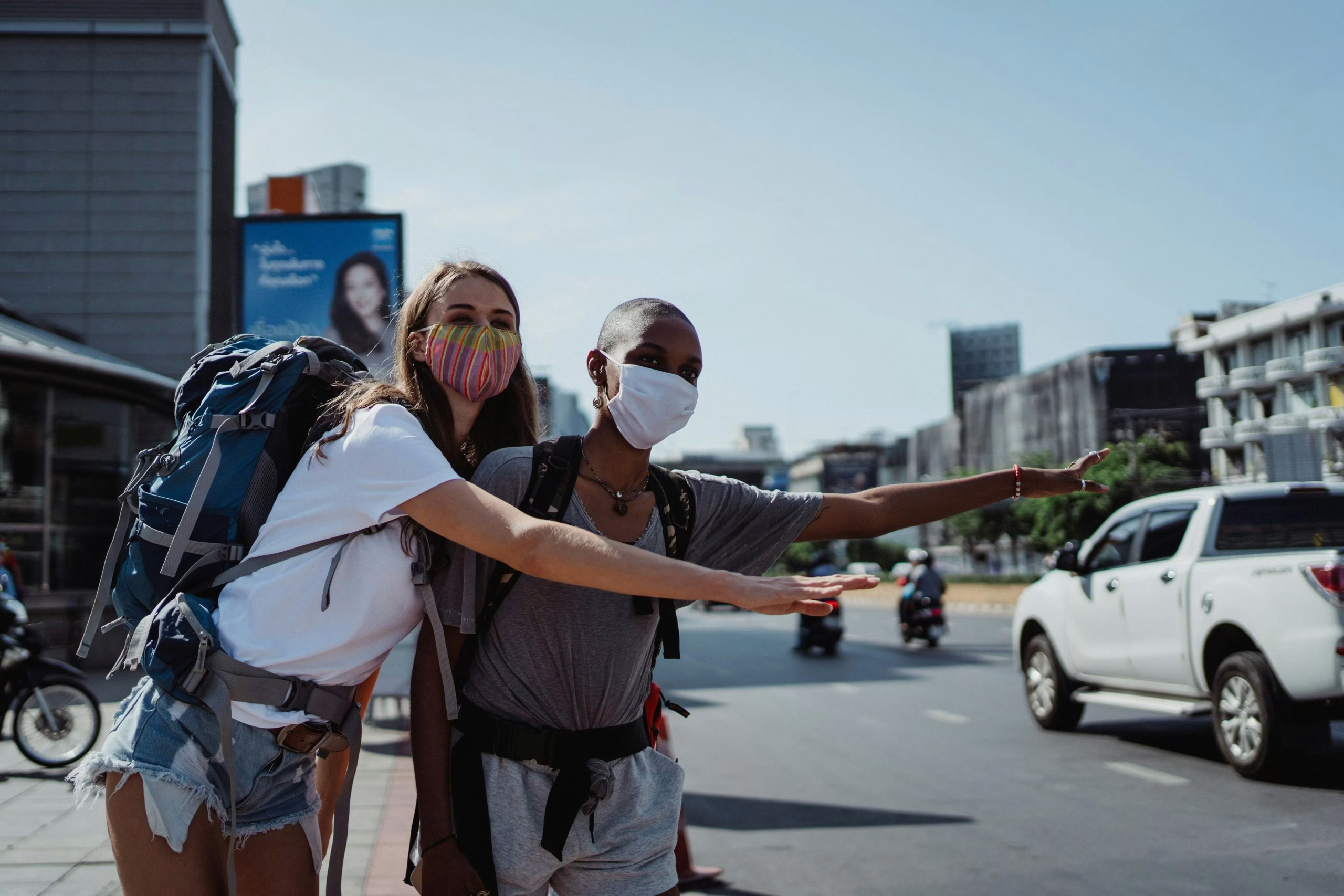
While Hawaii is the poster child for tourist fatigue, it’s far from alone.
Colorado, Montana, California, and even Vermont have seen spikes in anti-tourist sentiment, especially after the pandemic. Locals complain about:
- Skyrocketing housing prices.
- Traffic congestion.
- Rude visitors ignoring local rules.
In 2024, Lake Tahoe officials considered placing a surcharge tax on out-of-state license plates. Aspen, Colorado, introduced a “visitor carbon offset fee.” And in the Florida Keys, environmental groups are pushing for caps on cruise ship arrivals.
The message is clear: Tourism, in excess, is toxic.
Are You Still Welcome?

So… should you cancel your trip to Hawaii? Are tourists really unwelcome?
The answer is complicated.
You are welcome—if you’re respectful.
Local groups are not anti-visitor. They are anti-disrespect. Anti-ignorance. Anti-overconsumption. In other words:
- Don’t treat sacred places like photo ops.
- Don’t litter or wander off marked trails.
- Stay in hotels or rentals that are legally licensed and community-approved.
- Shop from local businesses, not chains.
- Learn a little history. Speak with locals. Listen more than you post.
If you’re willing to travel consciously, you may not only be welcome—you could be part of the healing.
The Future of Travel — What Comes Next?
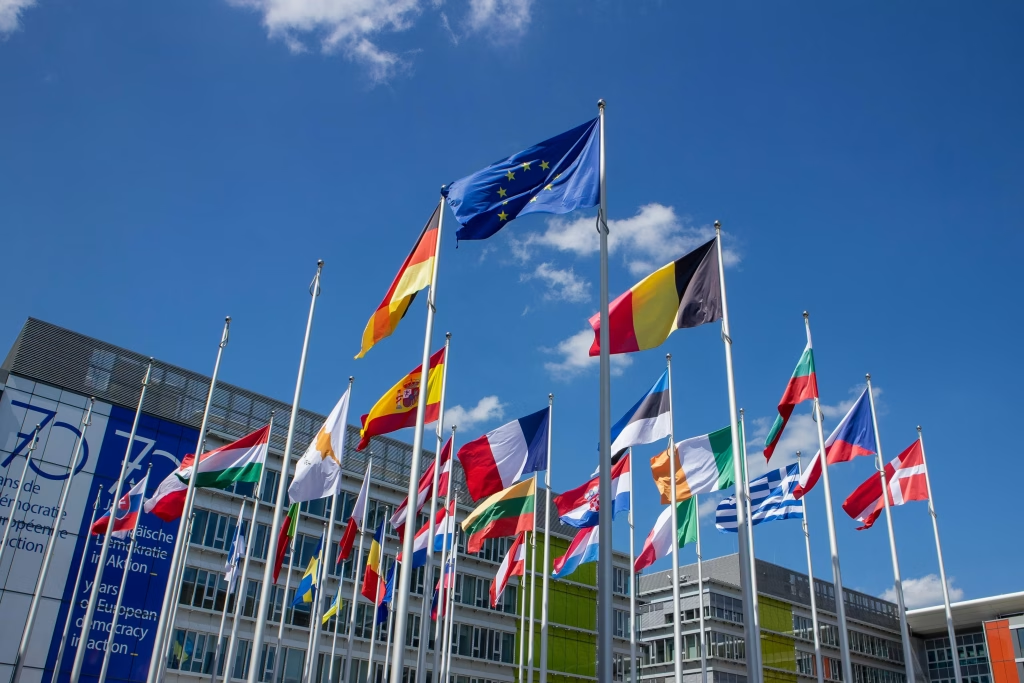
As climate change, social justice, and cultural survival continue to dominate headlines, the way we travel must evolve.
Experts predict that “slow tourism” and “regenerative travel” will replace the old hit-and-run Instagram model. This means:
- Fewer destinations, longer stays.
- Spending more locally.
- Participating in local volunteer or cultural education programs.
The Hawaii Tourism Authority itself is pushing for “value-based tourism”—less about selfies, more about substance.
Conclusion: Tourism or Takeover?

When a U.S. state starts fining tourists, limiting their access, and publicly asking them to reconsider their visit—it’s not a small thing.
It’s a cry for balance. For dignity. For a return to mutual respect between host and guest.
Hawaii isn’t declaring war. It’s asking for peace—on its own terms. The question is: will tourists listen, or will they keep chasing paradise, no matter the cost?

